The Evolution of Modelling Standards: How Diversity and Inclusion are Shaping the Industry
The world of modelling has long been synonymous with beauty, glamour, and high fashion. However, beneath the surface lies a history marked by rigid beauty standards, a lack of diversity, and a narrow representation of what is considered “beautiful.”
Over the decades, the industry has evolved, and today, diversity and inclusion are shaping modelling standards in ways that were once unimaginable. This transformation is redefining not only how beauty is perceived, but also how it is marketed and celebrated across cultures, genders, body types, and abilities.
In this comprehensive exploration, we’ll delve into the evolution of modelling standards, the impact of diversity and inclusion, and how these changes are influencing the broader fashion and beauty industries.
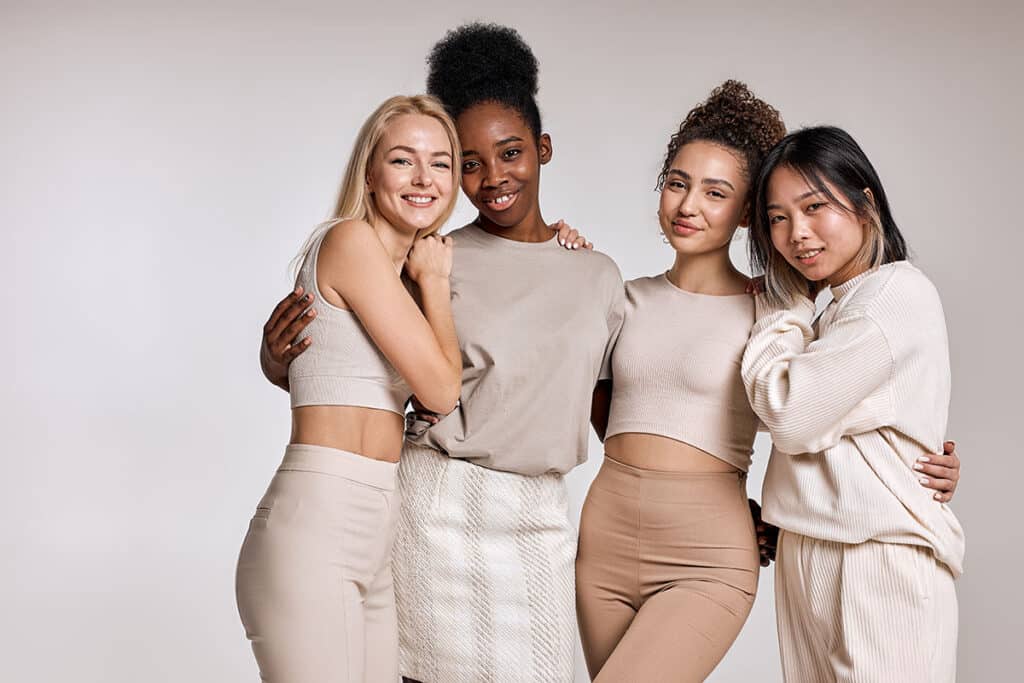
A Brief History of Modelling Standards
The Early Days: Homogeneity as the Norm
The origins of the modelling industry trace back to the early 20th century when fashion houses in Paris used live models to showcase their designs to exclusive clientele. These early models were almost exclusively young, white, and slim, reflecting the societal beauty ideals of the time. Modelling as a profession gained global recognition in the 1960s, particularly with the rise of iconic figures like Twiggy, Jean Shrimpton, and Naomi Sims.
However, the standards remained narrow: models were expected to conform to a specific body type – tall, slender, and often Eurocentric in appearance. This homogeneity in representation set the tone for the industry for decades, marginalising those who did not fit the mould.
The Supermodel Era: Beauty Elevated to Stardom
The 1980s and 1990s saw the rise of the supermodel, with names like Naomi Campbell, Cindy Crawford, and Claudia Schiffer dominating runways and magazine covers. While this era celebrated models as global celebrities, the standards remained largely unchanged. Even as the industry began to embrace non-white models like Naomi Campbell and Tyra Banks, their success was often framed as exceptions to the rule rather than a shift in the industry’s mindset.
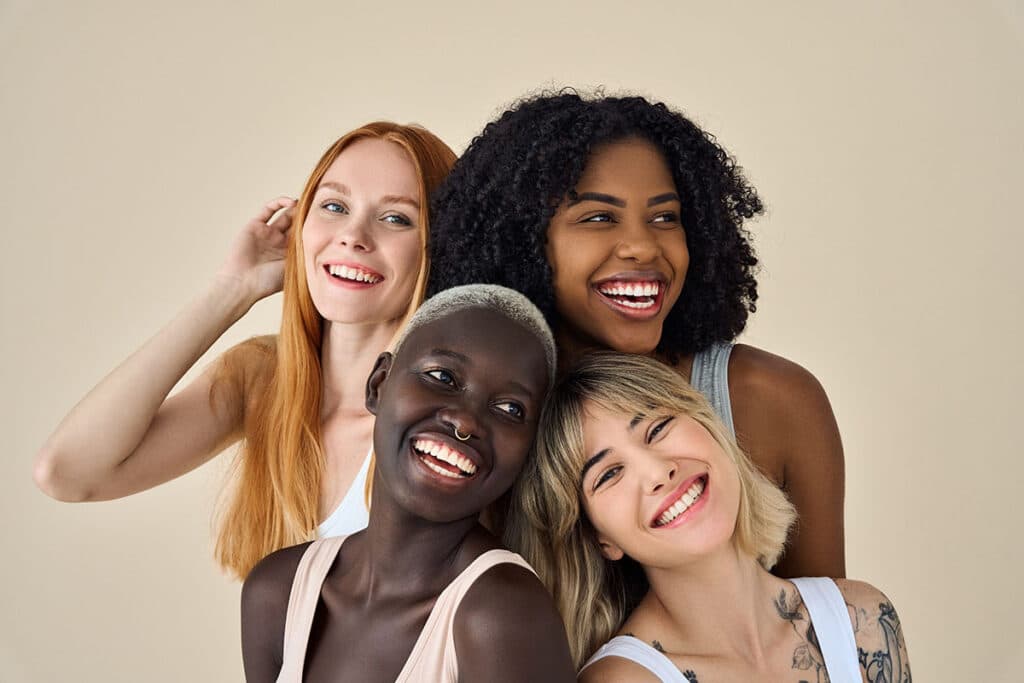
The Shift Towards Diversity: A Gradual Awakening
2000s: Cracks in the Facade
By the early 2000s, societal attitudes toward beauty began to change. Cultural movements, such as the body positivity movement and calls for racial equality, gained momentum, putting pressure on the fashion and modelling industries to reconsider their standards.
During this time, brands began to experiment with more inclusive campaigns. Dove’s Real Beauty campaign in 2004 marked a significant departure from traditional advertising, featuring women of various sizes, ages, and ethnicities. Although initially met with scepticism, it paved the way for broader acceptance of diverse representation in mainstream media.
Social Media’s Influence
The rise of social media platforms in the late 2000s and early 2010s played a pivotal role in accelerating the push for diversity. Platforms like Instagram and YouTube democratized beauty standards by giving a voice to individuals outside traditional media. Influencers and everyday people began to challenge conventional norms, celebrating different body types, skin tones, and gender expressions.
Brands took notice. Companies that once relied on airbrushed perfection were now faced with a more discerning audience demanding authenticity and representation. Social media enabled consumers to hold brands accountable, making diversity a business imperative rather than a marketing trend.
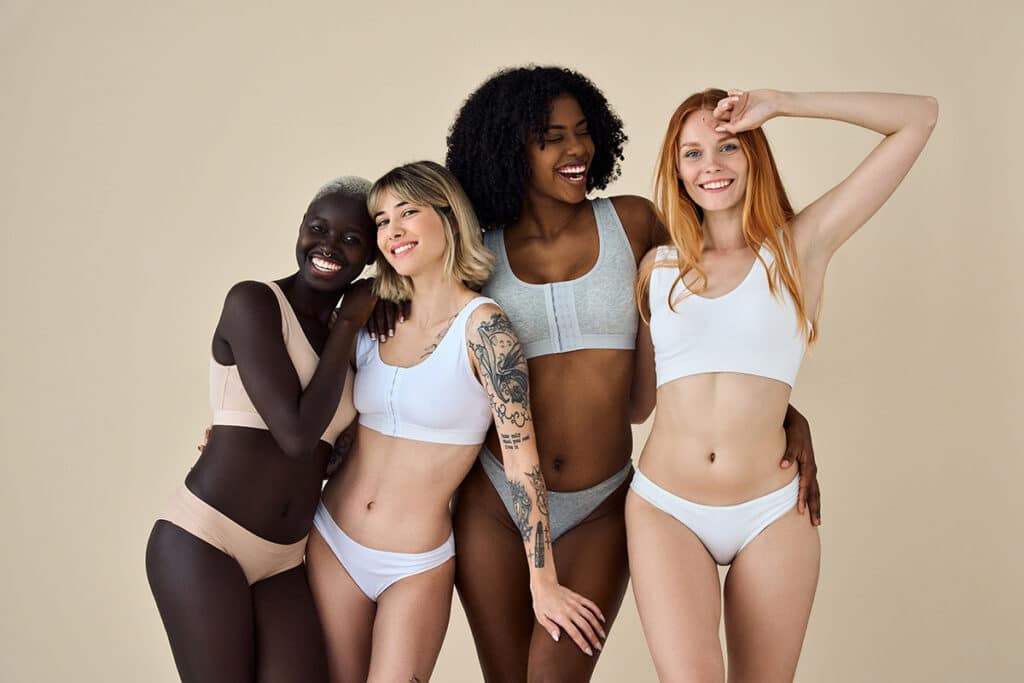
Modern Modelling Standards: Embracing Diversity and Inclusion
Race and Ethnicity
Today, the modelling industry is more racially diverse than ever before. Models from various ethnic backgrounds now grace the covers of major fashion magazines and walk the runways of top designers. While progress has been significant, it hasn’t come without challenges.
Runways that were once dominated by white models now feature a broader range of ethnicities. For example, Halima Aden became the first hijab-wearing model to appear on the cover of British Vogue, while brands like Fenty have been celebrated for prioritising inclusivity in their campaigns. However, there remains a need for deeper structural changes within agencies and casting processes to ensure this diversity isn’t just surface-level representation.
Body Positivity and Size Inclusivity
Perhaps the most visible shift in modern modelling standards is the acceptance of diverse body types. The industry’s longstanding obsession with thinness has been challenged by the body positivity movement, which advocates for the acceptance of all shapes and sizes.
Models like Ashley Graham, Paloma Elsesser, and Tess Holliday have redefined what it means to be a successful model, proving that beauty transcends size. Brands such as Aerie and Savage X Fenty have embraced size inclusivity, offering extended size ranges and featuring models of varying body types in their advertising campaigns.
This shift has also led to the rise of the term “plus-size model,” though some argue that the label itself is unnecessary and perpetuates division. As more brands normalise a wide range of body types, the hope is that “plus-size” will simply become “size.”
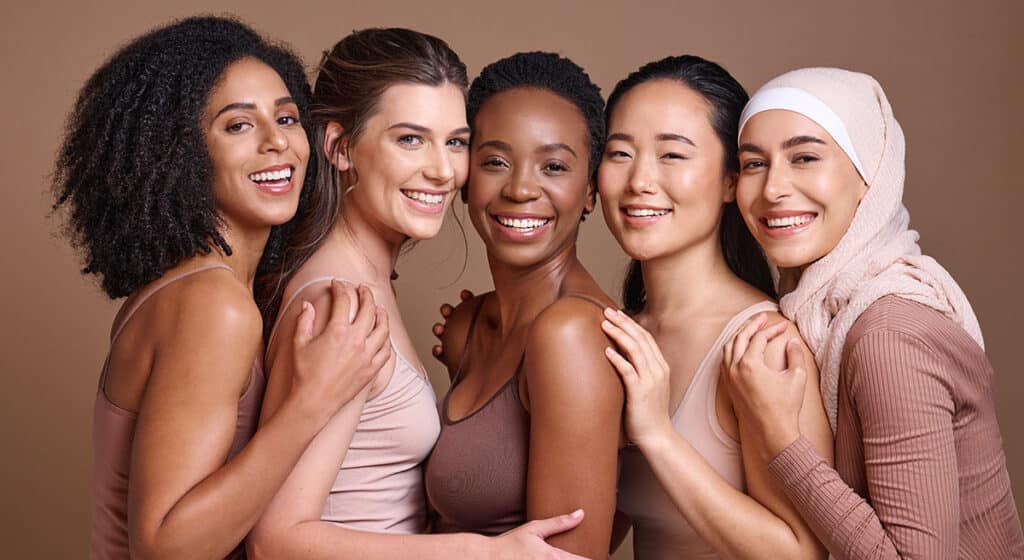
Gender Fluidity and LGBTQ+ Representation
The modelling industry has also made strides in embracing gender fluidity and LGBTQ+ representation. Non-binary and transgender models are no longer rare exceptions but are increasingly being featured in mainstream campaigns.
- Transgender Models: Figures like Hunter Schafer and Andreja Pejić have broken barriers, becoming prominent faces in both fashion and beauty campaigns. Their success has encouraged other transgender individuals to pursue modelling careers without fear of exclusion.
- Non-Binary Models: Non-binary representation has grown, with models like Alok Vaid-Menon and Oslo Grace challenging traditional gender norms on the runway. Designers are increasingly blurring the lines between menswear and womenswear, leading to more inclusive casting practices.
Brands that embrace gender inclusivity are not only challenging outdated norms but are also tapping into a broader, more progressive market. This shift reflects a growing understanding that gender diversity enriches the industry rather than detracts from it.
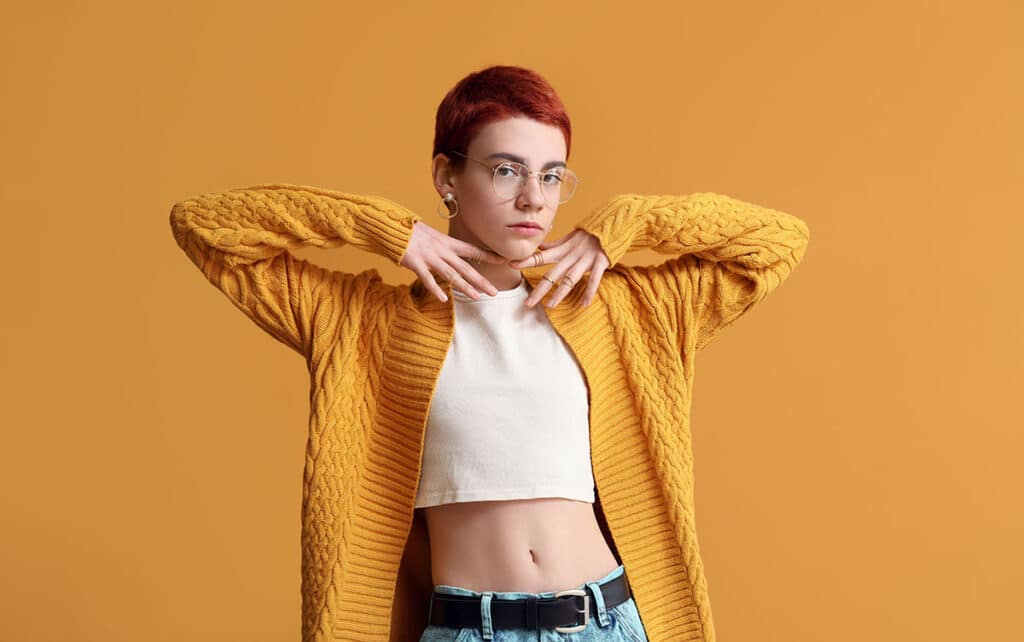
Disability Representation: An Overlooked Frontier
One of the more recent advancements in diversity is the inclusion of models with disabilities. Historically underrepresented, this group is finally beginning to receive the recognition it deserves.
Adaptive fashion shows and campaigns featuring models with prosthetic limbs, wheelchairs, or visible conditions are becoming more common. Jillian Mercado, a model with muscular dystrophy, has become a trailblazer in this area, working with brands like Diesel and Tommy Hilfiger.
However, while visibility is increasing, there is still significant room for growth. Accessibility within the industry – both physically and in terms of opportunities – remains a challenge. Yet the growing demand for inclusive representation is pushing brands to rethink their approach and create more opportunities for disabled models.
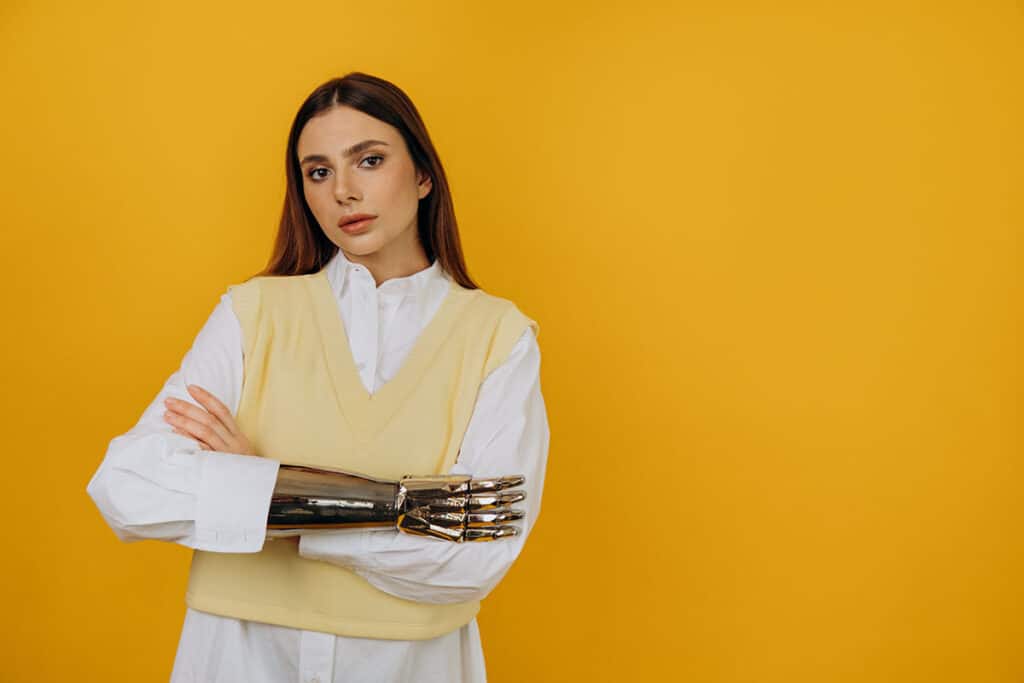
Cultural Impact of Diversity in Modelling
The shift toward diversity and inclusion in modelling extends beyond fashion runways and magazine covers. It’s influencing broader cultural narratives around beauty, self-worth, and identity.
Representation and Self-Esteem
Seeing diverse models in the media has a profound impact on self-esteem, particularly among young people. Representation matters, and when individuals see people who look like them celebrated in the media, it fosters a sense of belonging and acceptance.
Research has shown that inclusive media representation can reduce feelings of inadequacy and improve body image. This shift in societal standards encourages a healthier, more inclusive perception of beauty that goes beyond traditional ideals.
Economic Implications
Diversity isn’t just a moral imperative; it’s also good for business. Brands that prioritise inclusivity often see stronger consumer loyalty and engagement. According to studies, companies with diverse teams are more likely to outperform their peers in profitability. This is particularly relevant in the fashion and beauty industries, where consumer perceptions are closely tied to brand image.
Challenges and Criticisms
Despite significant progress, the modelling industry still faces criticism regarding the authenticity of its commitment to diversity. Some argue that inclusivity is often used as a marketing tool rather than a genuine effort to enact change. Tokenism, where brands include a few diverse models to appear inclusive without making systemic changes, remains a concern.
Additionally, there are ongoing issues with pay disparity and working conditions for models from marginalised groups. Addressing these challenges requires a concerted effort from agencies, brands, and industry leaders to ensure that diversity and inclusion are more than just buzzwords.

The Future of Modelling: A More Inclusive Horizon
As the industry continues to evolve, the future of modelling looks increasingly inclusive. Emerging technologies like AI-driven casting and virtual modelling are likely to play a role in broadening representation even further. Moreover, consumer demand for authenticity and diversity shows no signs of slowing down, ensuring that brands will need to keep pace with societal expectations.
Aspiring models today can look forward to a more welcoming industry that celebrates individuality and rejects one-size-fits-all beauty standards. Whether through body positivity, racial diversity, gender inclusivity, or disability representation, the future of modelling is one where everyone can find their place.
Conclusion
The evolution of modelling standards is a testament to the power of diversity and inclusion. While there is still work to be done, the progress made in recent years is undeniable. By continuing to challenge outdated norms and embrace a broader definition of beauty, the modelling industry is not only redefining itself but also shaping a more inclusive, accepting world.
For aspiring models, this evolution offers a sense of hope and possibility. The message is clear: beauty comes in many forms, and there’s room for everyone.